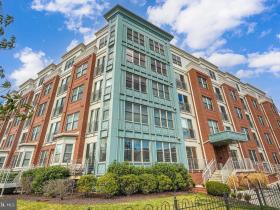 Cohousing: Not Communal Living, But Close
Cohousing: Not Communal Living, But Close
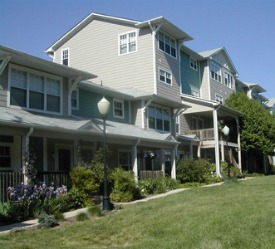
Takoma Village homes
When Ann Zabaldo returns to her home in Takoma Village Cohousing after work, she gets more than a wordless wave from her neighbors. “I know everybody here, and everybody knows me,” Zabaldo told UrbanTurf. Whether she’s picking up her mail from the Common House, joining neighbors for pizza and a movie, or comparing shades of blue in her role on the “color team” (a group of residents choosing the new color scheme for the common house), Zabaldo has several opportunities to interact with her neighbors on a daily basis.
If this doesn’t sound like the relationship you have with your neighbors, don’t be surprised. While homeowners in cohousing developments live in privately-owned condos and houses, the living set-up differs markedly from more traditional arrangements. Residents maintain common areas, make consensus decisions, and often support each other in less tangible ways, like Takoma Village’s “sunshine club”, which visits those who are sick or going through a hardship. Any neighborhood or condo building can become cohousing, and Takoma Village (with 43 homes) is joined by Silver Spring’s 56-unit Eastern Village just a town away as two of 15 cohousing developments within an hour of DC.
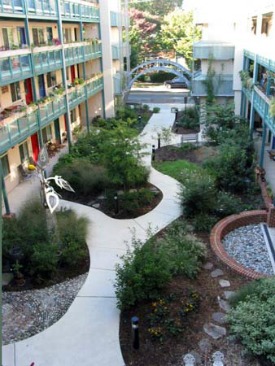
Eastern Village’s courtyard
“Cohousing attracts people who are looking for a more intimate kind of neighborhood,” explained Zabaldo, one of the original residents of Takoma Village. “They are looking for a more elusive sense of belonging, sense of place.”
The architecture of Takoma Village lends itself to interaction: smaller houses leave room for larger common areas, front doors face each other, and cars are parked out of sight on the periphery. Takoma Village’s Common House is an “extension of your personal living and dining room,” Zabaldo explained. Residents rotate jobs to provide one formal dinner to the community per week, and often host informal events at the House.
Not surprisingly, both Takoma Village and Eastern Village are certifiably “green.” Eastern Village was awarded LEED Silver certification and all units in Takoma Village have Energy Star certification. Abigail Daken and her husband have enjoyed Eastern Village’s environmentally-friendly design since moving there six years ago. “The green aspect of the community was very important to me,” Daken told UrbanTurf. “It was one of the first steps I took on a path of reorienting my life and career to support the environment.”
One of the most notable aspects of cohousing life is decision by consensus. As opposed to a majority-ruled condo board, decisions at Takoma Village and most other cohousing developments must have unanimous support. “Our recent pet policy went through 13 drafts before being adopted,” Zabaldo said. “Even though the initial effort was long and took a lot of energy, the result is a policy everyone has bought into.”
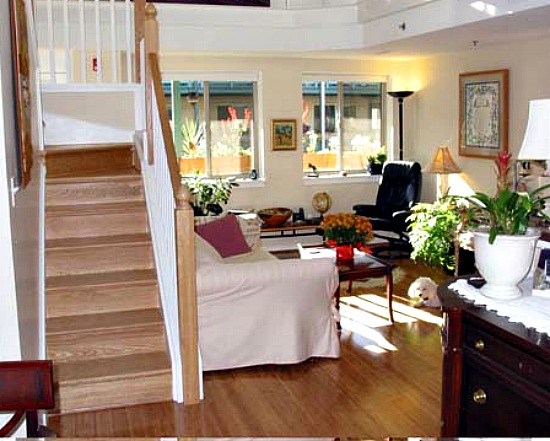
Inside an Eastern Village condo
The community is often self-selecting. While Eastern Village lists their units through traditional means, Takoma Village owners post flyers at natural food stores and coffee shops or place an ad in a community housing publication. Only one sale in the history of Takoma Village went through a real estate agent, and deals are finalized by settlement attorneys.
If this lifestyle appeals to you, both Takoma Village and Eastern Village currently have units up for sale. Takoma Village has a two-bedroom currently on the market, and Eastern Village has two two-bedroom condos available.
See other articles related to: cohousing, dclofts, green real estate, green real estate dc, green real estate maryland, silver spring, takoma park
This article originally published at https://dc.urbanturf.com/articles/blog/cohousing_not_communal_living_but_close/4429.
Most Popular... This Week • Last 30 Days • Ever

DC's homebuyer assistance programs can be a bit complex. This edition of First-Timer ... read »

When it comes to financing a home purchase, a 30-year mortgage is one of the most com... read »
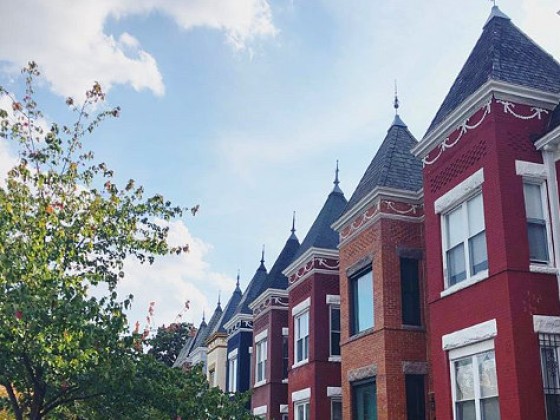
Pocket listings are growing in popularity in the low-inventory market in the DC regio... read »

Plans for the development at a prominent DC intersection began nearly eight years ago... read »

The eight-bedroom, 35,000 square-foot home in McLean originally hit the market in 202... read »
DC Real Estate Guides
Short guides to navigating the DC-area real estate market
We've collected all our helpful guides for buying, selling and renting in and around Washington, DC in one place. Start browsing below!
First-Timer Primers
Intro guides for first-time home buyers
Unique Spaces
Awesome and unusual real estate from across the DC Metro




